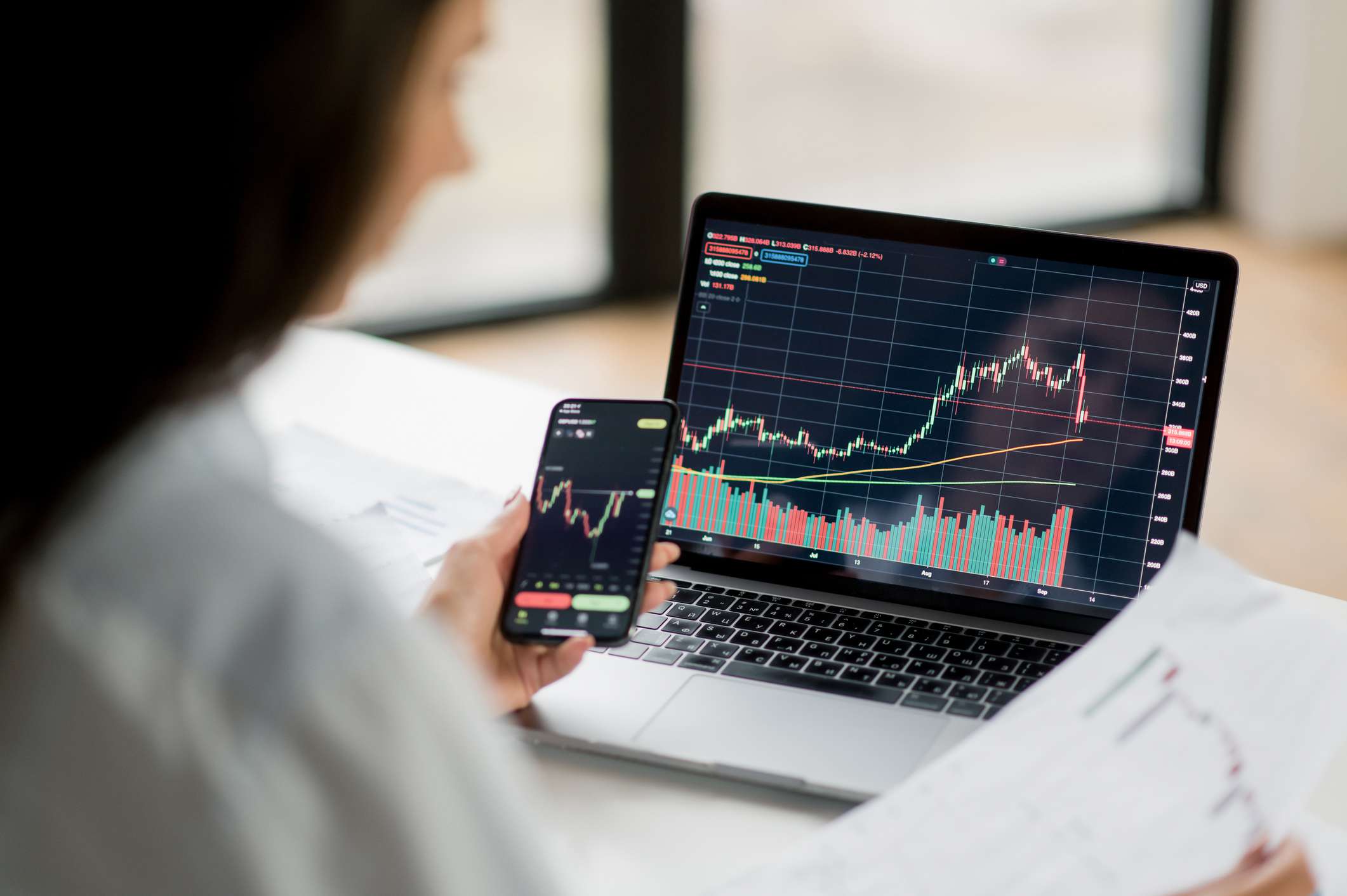
Intraday trading can be an exciting and potentially lucrative way to participate in the financial markets. It involves buying and selling securities within the same trading day, aiming to take advantage of short-term price fluctuations. To be successful in intraday trading, it is crucial to have a well-defined strategy that combines technical and fundamental analysis, effective risk management, and the ability to control psychological factors. This article will provide you with valuable insights into intraday trading strategies that can help you maximize your profits while minimizing risks.
1. Introduction
In this article, we will explore various intraday trading strategies that can be employed by traders to enhance their profitability. We will delve into the fundamentals of intraday trading, discuss the benefits and risks associated with it, and outline effective strategies for making informed trading decisions. Furthermore, we will address the importance of implementing these strategies using appropriate charting tools and real-time data. Lastly, we will touch upon the psychological aspects of trading and how they can impact your overall success.
2. Understanding Intraday Trading
2.1 What is Intraday Trading?
Intraday trading, also known as day trading, refers to the practice of buying and selling financial instruments within the same trading day. Unlike long-term investing, where positions are held for an extended period, intraday traders aim to capitalize on short-term price movements. This requires quick decision-making, as trades are usually closed before the market closes for the day.
2.2 Benefits of Intraday Trading
Intraday trading offers several advantages for traders. Firstly, it allows for the potential to generate quick profits by capitalizing on short-term market fluctuations. Additionally, intraday trading provides ample trading opportunities, as various stocks, currencies, and commodities exhibit intraday volatility. Traders can also benefit from the use of leverage, which amplifies potential returns. However, it is important to note that leverage can also increase losses, making risk management crucial in intraday trading.
2.3 Risks of Intraday Trading
While intraday trading presents lucrative opportunities, it is not without risks. The main risk stems from the inherent volatility of the financial markets, as prices can change rapidly during the trading day. Traders must also be mindful of transaction costs, such as commissions and fees, which can eat into profits. Moreover, the psychological pressures of intraday trading, including the fear of missing out and the temptation to make impulsive decisions, can lead to significant losses if not managed effectively.
3. Intraday Trading Strategies
To navigate the complexities of intraday trading successfully, traders employ various strategies based on technical and fundamental analysis, as well as sound risk management principles. Here are some effective strategies to consider:
3.1 Technical Analysis
Technical analysis involves the study of historical price and volume data to predict future price movements. It enables traders to identify trends, support and resistance levels, and patterns that can be exploited for profitable trades. Two popular technical analysis tools for intraday trading are:
3.1.1 Candlestick Patterns
Candlestick patterns provide valuable insights into market sentiment and can help traders anticipate reversals or continuations in price trends. Patterns such as doji, hammer, and engulfing patterns are commonly used by intraday traders to make informed trading decisions.
3.1.2 Moving Averages
Moving averages are widely used to smooth out price data and identify trends. Traders often use combinations of different moving averages, such as the 50-day and 200-day moving averages, to generate trading signals. The crossover of moving averages can indicate potential buy or sell opportunities.
3.2 Fundamental Analysis
Fundamental analysis involves evaluating the underlying factors that influence the value of a security, such as financial statements, economic indicators, and industry trends. While typically associated with long-term investing, fundamental analysis can also be useful in intraday trading. Here are two fundamental analysis techniques:
3.2.1 News and Events
Keeping track of news and events that impact the financial markets can provide intraday traders with valuable insights. Earnings reports, economic announcements, and geopolitical developments can significantly influence stock prices and market sentiment, presenting trading opportunities.
3.2.2 Financial Ratios
Analyzing financial ratios, such as price-to-earnings (P/E) ratio, return on equity (ROE), and debt-to-equity ratio, can help traders assess the financial health and valuation of a company. This information can be used to identify potentially undervalued or overvalued stocks for intraday trading.
3.3 Risk Management
Effective risk management is crucial in intraday trading to protect capital and minimize losses. Here are two key risk management techniques:
3.3.1 Setting Stop Loss
A stop-loss order is an instruction to automatically sell a security when it reaches a specific price level. By setting a stop loss, traders can limit potential losses if a trade moves against them. It is essential to determine an appropriate stop loss level based on the volatility of the security being traded.
3.3.2 Position Sizing
Position sizing refers to the determination of the appropriate number of shares or contracts to trade based on account size and risk tolerance. By carefully managing position sizes, traders can control their exposure to individual trades and minimize the impact of losses on their overall portfolio.
4. Implementing the Strategies
To effectively implement intraday trading strategies, traders need access to appropriate tools and resources. Here are a couple of essential elements for successful intraday trading:
4.1 Charting Tools
Robust charting platforms provide real-time market data, advanced technical indicators, and drawing tools that assist traders in analyzing price patterns. Candlestick charts, line charts, and bar charts are commonly used in intraday trading to identify trends and potential entry and exit points.
4.2 Real-Time Data
Timely and accurate market data is crucial for intraday traders to make informed decisions. Real-time stock quotes, news feeds, and market depth information help traders stay updated on market movements and react swiftly to changing conditions.
5. Psychological Factors in Trading
Intraday trading can be emotionally challenging, as it requires discipline, control, and resilience. Here are two psychological factors to consider:
5.1 Emotion Control
Successful intraday traders learn to manage their emotions and avoid making impulsive decisions driven by fear or greed. Emotional discipline involves sticking to predetermined trading plans and strategies, even when faced with market fluctuations or unexpected events.
5.2 Patience and Discipline
Patience is a virtue in intraday trading. It is essential to wait for favorable trade setups and avoid chasing quick profits. Disciplined adherence to trading rules and risk management principles can lead to consistent profitability over time.
Conclusion
Intraday trading offers tremendous opportunities for profit, but it requires a well-defined strategy, diligent analysis, effective risk management, and psychological discipline. By combining technical and fundamental analysis techniques, implementing robust risk management measures, and maintaining emotional control, traders can increase their chances of success in intraday trading.With the right tools, knowledge, and mindset, you can navigate the fast-paced world of intraday trading and potentially achieve your financial goals.






